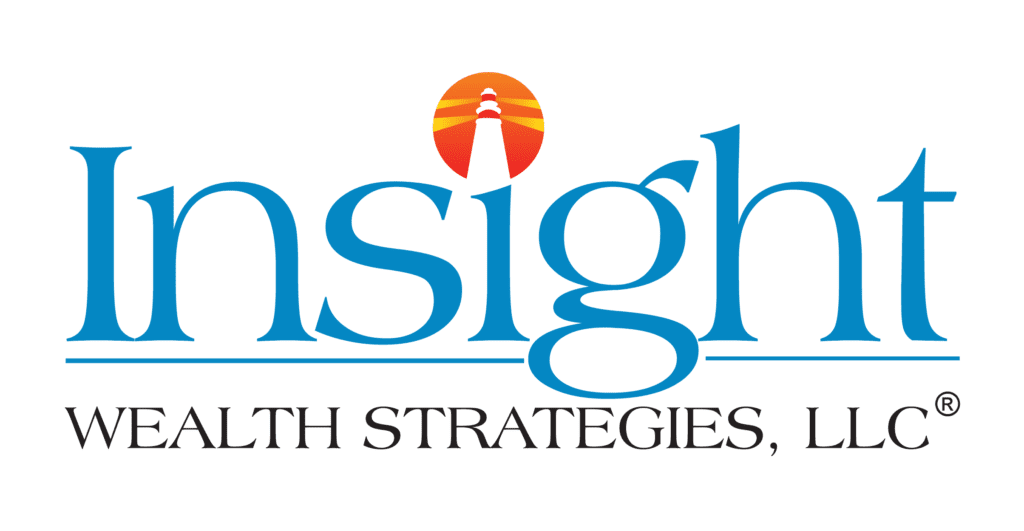Tax Tips and Strategies to Consider for 2022
Whether you have completed your 2021 taxes or are still in the process of completing your taxes, now is a good time to begin planning for 2022. Whether it is learning from last year’s missed opportunities or generating new ideas, here is a list of suggestions to potentially lower your tax burden now and in the future.
1) Make sure you are taking advantage of all your employer benefits.
- Consider starting a Health Savings Account (HSA)
Like most planning techniques, the value of a health savings account magnifies over time. These powerful savings vehicles have the rare triple tax savings feature, where the money goes in tax-free (lowering your taxable income today), grows tax-free, and comes out tax free if used for covering medical expenses. For 2022, you can contribute up to $3,650 if you’re single and $7,300 for a family. If you are over 55, you can also contribute an extra $1,000 as a catch-up provision. These accounts are portable if you switch jobs, so for young workers or families this could be a great way to lower your taxable income today and build a large medical expense account for retirement! You are only eligible to contribute to an HSA if you are enrolled in a high-deductible plan, so review your options before open enrollment to see if this is a plan that could benefit you.
- Review your company 401k plan contributions
For 2022, the IRS increased the contribution limit of 401k plan contributions to $20,500 for individuals under the age of 50. There is also a $6,500 catch-up contribution for those employees over the age of 50, bringing the total contribution limit to $27,000 per year. However, between employee and employer contributions for 2022, you can put in up to $61,000 if you are under 50, and $67,500 for employees 50 and older. How is that possible? Using a less commonly known savings strategy, high earners can also contribute on an after-tax basis to their 401k plan if the company offers. These after-tax contributions can then be moved into a Roth IRA at retirement, creating another tax-advantaged bucket in retirement. This could be a powerful long-term retirement savings strategy; however, Congress debated eliminating this feature during the Build Back Better Plan negotiations in 2021.
- Get your estate documents in order
Some employers are beginning to offer more comprehensive benefits to their employees, such as access to legal plan networks. These legal plans typically provide a great bang for your buck and tend to be an elected payroll deduction that grants access to a network of attorneys. While not a conventional tax tip, the peace of mind of knowing you have the appropriate estate documents to shield your assets from probate or estate taxes should not be understated.
2) Get creative during times of market volatility
- Tax Loss Harvesting
The stock market has been strong over the last few years, which has led some investors to have accumulated large unrealized capital gains on positions. While always a good problem to have, these large, imbedded gains may make diversifying into other securities unattractive due to the potential tax consequences. With the recent market volatility to start 2022, this is a perfect opportunity to reposition your portfolio to navigate the changing investment climate. Take a look at highly appreciated securities and the overall weighting of your portfolio and consider utilizing the strategic sales of certain securities to offset gains with losses. This is known as tax loss harvesting.
- Roth Conversions
A common strategy to minimize individual’s required minimum distributions when they turn 72 is utilizing Roth conversions. A Roth conversion is the process of converting money from a tax-deferred retirement account such as an IRA, paying the taxes in the year of conversion, and then allowing those dollars to grow tax-deferred and tax-free for the remainder of an individual’s lifetime1. An interesting technique that allows you to take advantage of the recent market pull back is to convert long-term stock holdings that you have no intention of selling but may have lost significant value. The idea is you would pay ordinary income taxes on a suppressed value and then allow the holding to recover and grow within the Roth IRA tax-deferred and tax-free if the requirements are met. This also removes some assets from being subjected to required minimum distributions.
1for the earnings of a Roth IRA conversion to be tax-free the individual must have allowed 5 years to elapse or be over the age of 59.5
3) Charitable Giving
- Utilizing Qualified Charitable Distributions (QCDs)
For individuals 70.5 and older that are charitably inclined and may not need some or all of their required minimum distribution, utilizing a qualified charitable distribution may be an attractive strategy. QCDs can be counted towards satisfying your required minimum distribution (RMD), lowering your taxable income, and minimize taxes to benefit a 501(c) organization they are fond of. A QCD is a direct transfer of funds from the IRA custodian to the qualified charity. The maximum annual amount that can qualify is $100,000. This can be made to multiple organizations or one. This can be a very important opportunity for individuals when they consider potential increases in their future Medicare premiums or being phased out of certain tax deductions because of having too much taxable income.
Regardless of whether you are still actively working or retired, these considerations above could potentially reduce your tax burden for 2022 and/or future years. It is always advised to speak with a financial advisor or accountant to discuss your personal financial situation and which tactics might work best for your individual situation.
Written by,

Michael Agorastos, CFP®
Michael is a comprehensive, fee-only financial planner who began his financial services career with Insight Wealth Strategies in 2013. His primary areas of expertise cover retirement planning (e.g. cash flow analysis, developing retirement income strategies, stock option planning, corporate benefit analysis, etc.), investment planning, and high-level income tax reduction strategies for individuals and small business owners.
Want to read more articles by Michael?
Insight Wealth Strategies, LLC is a Registered Investment Adviser. Advisory services are only offered to clients or prospective clients where Insight Wealth Strategies, LLC and its representatives are properly licensed or exempt from licensure. Past performance is no guarantee of future returns. Investing involves risk and possible loss of principal capital. No advice may be rendered by Insight Wealth Strategies, LLC unless a client service agreement is in place.
Insight Wealth Strategies, LLC (IWS) and its affiliates do not provide tax, legal or accounting advice. This material has been prepared for informational purposes only, and is not intended to provide, and should not be relied on for, tax, legal or accounting advice. You should consult your own tax, legal and accounting advisors before engaging in any transaction.
Certified Financial Planner Board of Standards Inc. owns the certification marks CFP®, CERTIFIED FINANCIAL PLANNER™, in the U.S., which it awards to individuals who successfully complete CFP Board’s initial and ongoing certification requirements.




